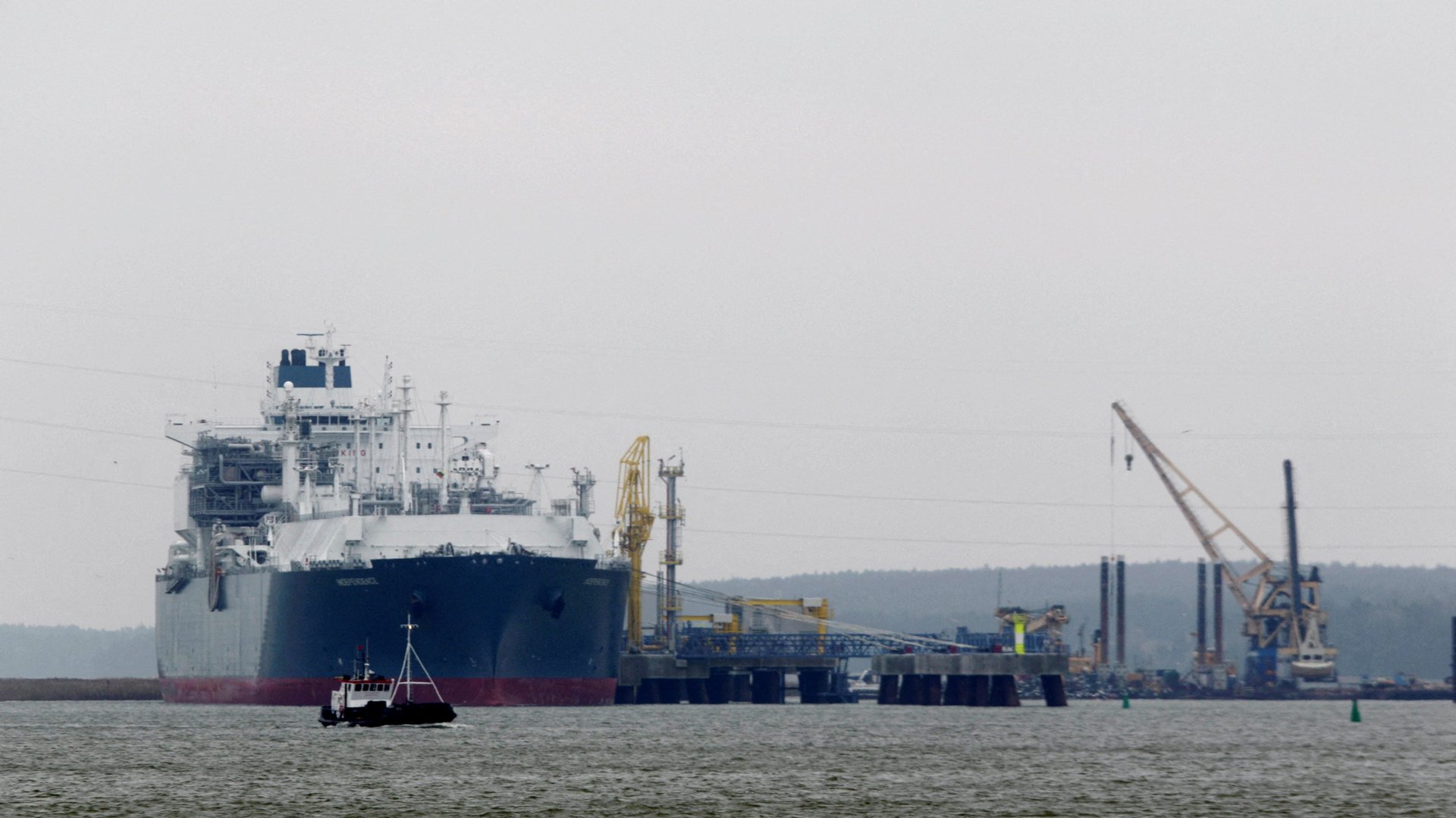How a Baltic nation ended its reliance on Russian gas
Early in April, Lithuania became the first EU country to suspend all Russian gas imports, in response to the ongoing war in Ukraine. “Years ago, my country made decisions that today allow us with no pain to break energy ties with the aggressor,” Gitanas Nausėda, Lithuania’s president, tweeted. “If we can do it, the rest of Europe can do it too!”


Early in April, Lithuania became the first EU country to suspend all Russian gas imports, in response to the ongoing war in Ukraine. “Years ago, my country made decisions that today allow us with no pain to break energy ties with the aggressor,” Gitanas Nausėda, Lithuania’s president, tweeted. “If we can do it, the rest of Europe can do it too!”
Nausėda was right—up to a point. It was precisely because Lithuania had spent years planning to break free of Russian gas that it was able to halt imports altogether. Other European countries are scrambling only now to look seriously for alternate sources, and to build more gas import and storage infrastructure. Why was Lithuania so far ahead of the curve, and how did it wean itself off Russian gas?
How Lithuania prepared for a future without Russian gas
In 2014, all of Lithuania’s gas came from Russia. Admittedly this was not much, volume-wise. Lithuania has a population of 2.8 million, barely a third of London’s, and it imported around 2.86 billion cubic metres (bcm) of gas in 2014, according to the International Energy Agency. In contrast, Germany imported around 142 bcm of gas last year—a much bigger habit to kick.
That Lithuania set out to look beyond Russia speaks in part to the historic relationship between the two countries. Lithuania looked westwards the instant the USSR dissolved, and in 2004 it joined the EU and became a NATO member. Perched between Russia and the Russian exclave of Kaliningrad, Lithuania perennially fears Moscow’s ambitions to fold it into Russian territory. After December 2014, when Russia carried out military drills in Kaliningrad, Lithuania resumed military conscription. “Russia is a threat,” Lithuania’s defense minister said in 2017.
Understandably, Lithuania began minimizing its dependence on Russia. In 2015, it joined Estonia and Latvia in breaking away from a 2001 accord binding these republics into a Russian “energy ring,” orienting their electricity grids towards Europe instead. In 2010, the government started constructing an LNG terminal in the port of Klaipeda, declaring it a project of national importance.
The terminal opened in 2014, built with the help of a $95 million loan from the European Investment Bank. Lithuania also signed a deal with Norway’s Statoil (now Equinor) to buy 0.54 bcm of gas every year, and rented the Independence, an LNG carrier turned floating storage facility, from a Norwegian firm at a cost of more than $100,000 a day.
Diversifying over the past decade in this way, Lithuania gradually shrank Russian imports, as a share of overall gas imports, to 45% by 2019. (Norway supplied 54%.) Last year, Dainius Kreivys, Lithuania’s energy minister, reiterated to Reuters his country’s continued wariness. “We deal with the eastern neighbour. You never know what can happen.” Planning for the worst Russian contingencies, it appears, has worked out well for Lithuania, enabling it to drop Russian imports to zero within weeks of the invasion of Ukraine.